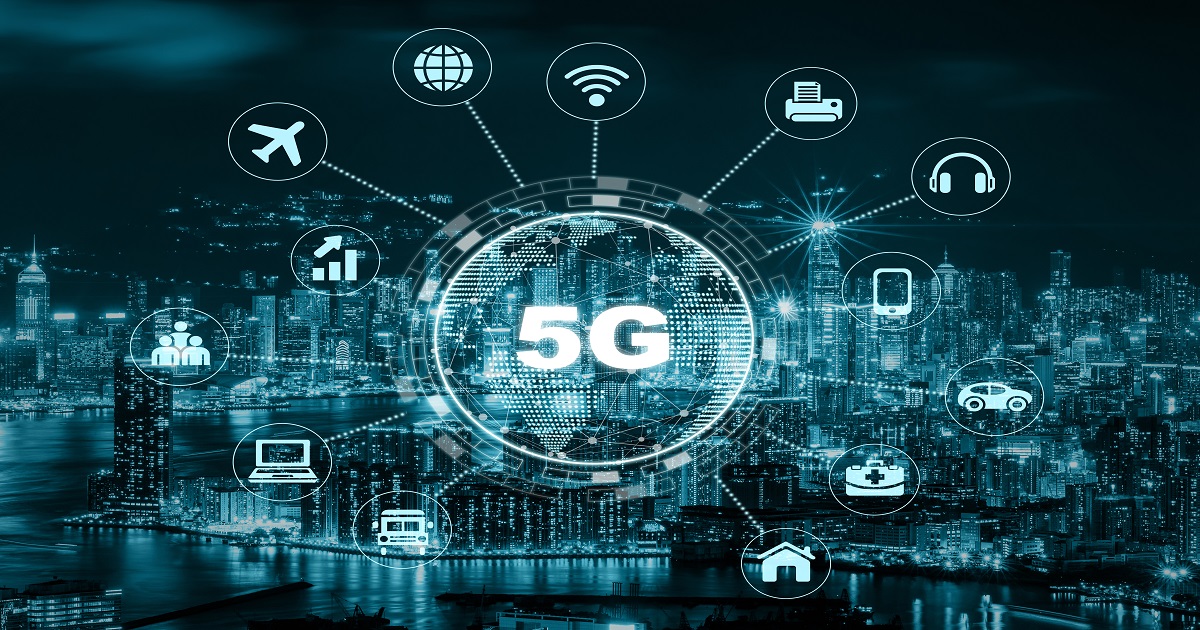
The Internet of Things has long been touted as the definitive Phase Two of the Internet, and now the Age of Coronavirus is accelerating the frequency and intensity of discussion about the rapid adoption that’s to come. Anyone who’s anyone in tech is seeking a way through the IoT’s Wild West to grab their spot in this virtual gold rush. Unfortunately, the vast majority of announcements and proclamations during this crisis - as well as those rosy January forecasts for the amazing year to come in IoT - are pure fantasy.
Make no mistake: IoT is coming and it will be huge. But if you’ve read enough about how AI and automation in the Internet of Things will be here as soon as tomorrow, you’re welcome to read this reality check.
Here are the top five things that will not happen in IoT in 2020 or in the next 24-36 months. In fact, the coronavirus likely pushes the horizon for these things even further into the future.
1) Autonomous vehicles are a very long way off. The breathtaking rally of Tesla stock was the most stunning story of the year for Wall Street and Silicon Valley, until the coronavirus took over and tanked virtually every company’s stock price. Even as tech stocks continue to be valued more for long-range vision than actual business fundamentals, Tesla’s bright future is predicated on concepts of mobility that just don’t have much basis in reality. In the IoT world, autonomous cars are the most exciting application, bar none. But the testing and use of AI to identify and process real-time, real world driving conditions are still in their infancy. We probably haven’t had one percent of the testing needed before autonomous cars are capable of working at a safety level comparable to, let alone superior to, human drivers. The speed of the network isn’t there either, so the rapid data consumption and processing to make split-second decisions is dependent on 5G. Speaking of which…
2) 5G won’t be “a thing” until 2023 or 2024. The first of the big 5G devices are hitting the market in 2020, but it’s going to take a while for widespread adoption. Across AT&T, Verizon and Sprint/T-Mobile, no more than a few dozen cities have 5G coverage as of now. The carriers are moving fast to change that, but the coverage map won’t be saturated anytime soon.
3). Drones won’t reach widespread usage. Drone usage continues to rise in the business world, but their usage in delivery for Amazon and Wal-Mart is more science fiction than reality, at least for now. And if anything, it’s not the lack of technology. It’s the regulatory issues and complicated issues of airspace. We still have seven months left in this Election Year - and partisan polarization somehow reaches new highs (or lows, depending on how you look at it) every day. Regardless of who wins, the bureaucracy and red tape for anything technological is getting worse and worse. How will local, state and federal regulators work together? How will the courts weigh in, particularly regarding individual privacy with drones flying around our homes, places of worship and workplaces? How would the FAA manage a system of millions of devices that could interfere with commercial airlines and military aviation? How would the government even afford such an incredibly costly system? The questions are endless, and answers are easily a decade away.
4). Junk science health tech will take a big hit. There are so many IoT-based technologies being touted to promote your health, from ingestible items to DNA-based analysis that connect your vitals and genetic code to your shopping. Aside from some fairly obvious questions about how we could really know what nutrients and ingredients are good for your individual DNA, the Internet of Medical Things (IoMT) is ripe for hyperbole. It’s a shame too, since the health applications are what offer arguably the most uniquely impactful societal benefit in the IoT. Considering the health industry hasn’t developed a system to properly categorize, evaluate and regular vitamins and supplements, it’s no surprise there’s a proliferation of nonsense health apps with a high rate of failure. The IoMT is where so much more resources should go, both in the private and public sector, and it will be crucial in predicting and addressing epidemics at inception, but we’re just not there yet. Don’t expect much in the way of approved applications in 2020 or 2021.
5). Humanoid robotics won’t take off in the U.S. soon. Lifelike humanistic robots are amazing, and their applications have been seen in foreign countries trying to minimize human contact with people infected with COVID-19. From providing food, water and resources to medical interventions that prevent the spread of disease, robots are finding new uses in humanitarian disasters. This may in fact be the year there’s a huge leap in usage of IoT in healthcare on the global stage, but these humanoid robots will take time to be accepted by the American public. In Asia, and to a lesser degree in Europe, lifelike robotics are accepted and eagerly anticipated. But in the U.S., it’s viewed as, well, Transformers or Terminators. Maybe it’s a good thing, maybe not. But don’t expect humanoid robotics to play much of a role in disaster management or emergency healthcare anytime soon.
There’s no reason to be anything but bullish on the Internet of Things. But a healthy reboot of our expectations and priorities, similar to the humbling reboot of our fundamental daily way of life, would go a long way to ensuring investors and consumers don’t get snookered by IoT imposters.
These discussions are critical to the success of the IoT as an industry, and to the growth of the companies operating within it. Plan now to continue these lines of strategic thinking at the IoT Evolution Expo, coming in February 2021 in Miami.
About the author: Ahmad Malkawi is the CEO of Global Telecom, a company that engineers modules and modems that enable a reliable and safe Internet of Things. Twitter: @AhmadMalkawiGT.
Edited by
Ken Briodagh





